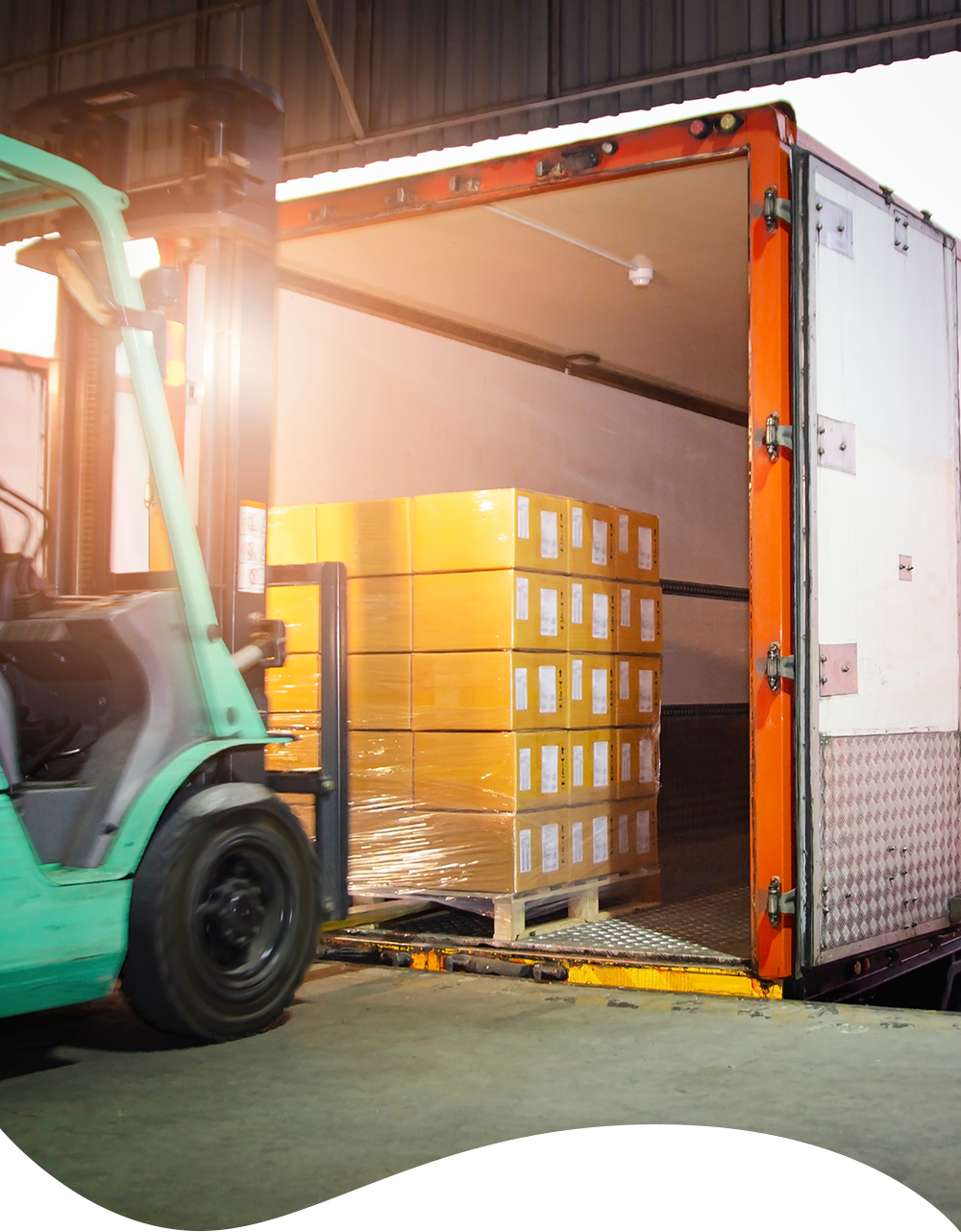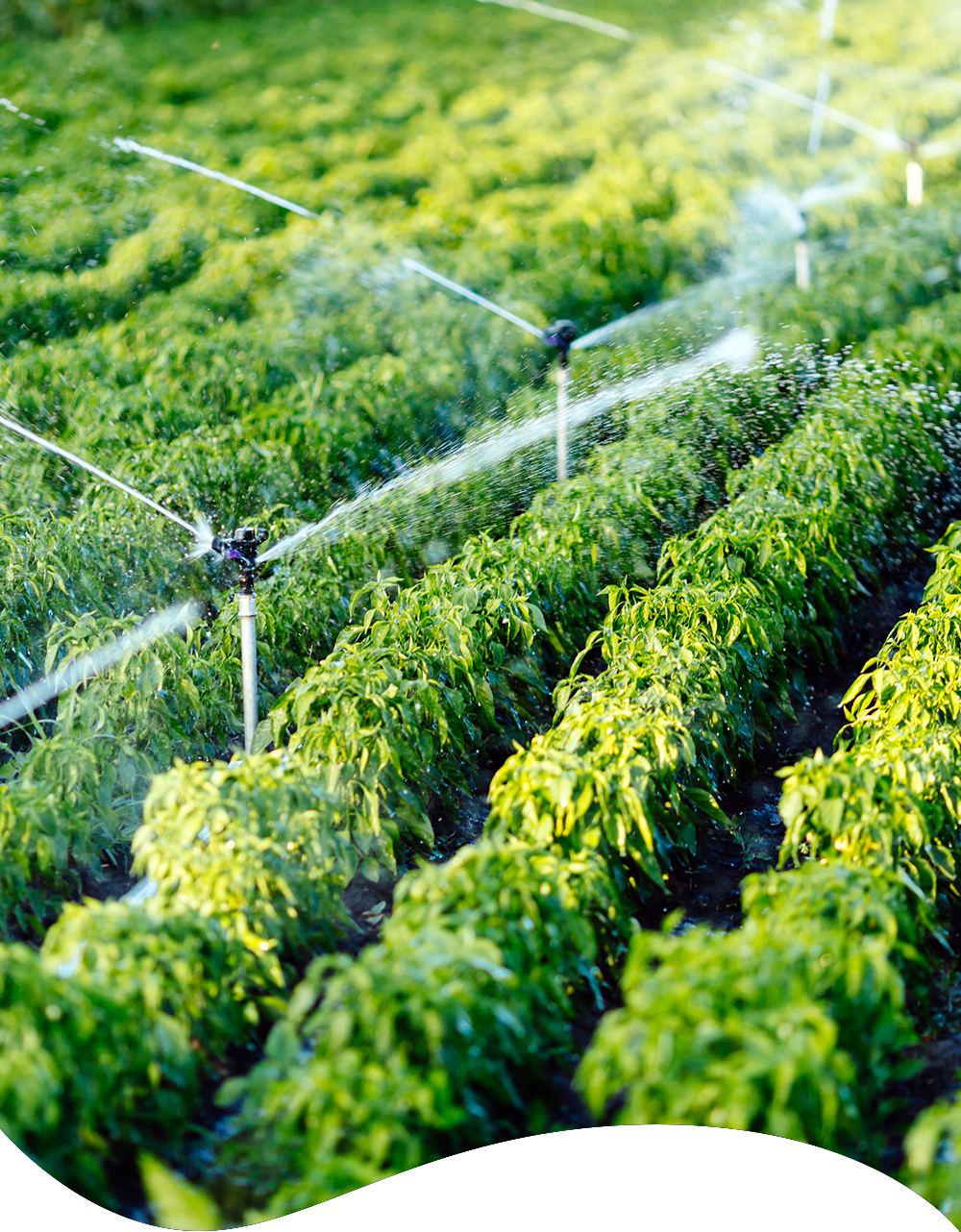-
Our carbon footprint
-
Key challenge
-
Our ambition
-
"Big Five" Initiative
Our carbon footprint
Nordic Milk's
sustainability
For the future
Dairy is one of the most common and valuable agricultural products in the world. Globally, significant part of greenhouse gas come from sectors related to food manufacturing.
Food processing companies like Nordic Milk have a impact on both enviromental and social issues. We need to do better when building future for the next generations.
STRATEGY
In 2021 Nordic Milk made a strategic decision to start systematically tackling the environmental challenges caused directly or indirectly from our economic activities and supply- chain management. The first step in that complex approach was the measurement of our carbon footprint and setting up measurable objectives based on the result.
CURRENT FOOTPRINT
We understand, that our biggest impact is enviromental. That is why, it is the heart of our sustainability strategy.
Our current carbon footprint has been calculated by following international greenhouse gases reporting standard “GHG Protocol Corporate Accounting and Reporting Standard”.
Key challenge
Changes start with us, but don’t end with us
85% emissions come from farming
Raw milk manufacturing contributes a significant amount of the emissions related to the dairy industry, but 85% of our emissions come from farming.
Joint initiatives with farmers are crucial to reduce the industry’s impact on climate changes. Nordic Milk is willing to contribute to making our supply chain more environment friendly together with our agricultural partners.
Environment friendly supply chain
Reduction of the other 15% of emissions is more or less directly in our hands. Here we have set a concrete agenda focusing on real changes related to transportation, packaging, waste management and energy consumption.
Our ambition
Carbon neutral manufacturing 2050 at latest
reducing the carbon footprint
Nordic Mlk has received formal approval from the Science Based Targets Initiative (https://sciencebasedtargets.org/) for its ambitious emission reduction targets. The targets are based on the Paris Climate Agreement and aim to limit global warming to 1.5 *C globally.
On the way to net zero emissions, we have committed to reduce absolute scope 1 and 2 GHG emissions by 70 % by 2030 from a 2020 base year, when it was 21 737 t/CO2.
We also commit to reduce scope 3 FLAG GHG emissions by 30,3 % of standardised raw milk and reduce scope 3 GHG emissions by 51,6% per tonne of sold products from purchased goods and services, fuel and energy related activities, upstream transportation and distribution, waste generated in operations and end of life treatment within the same timeframe.
minimizing our impact
Nordic Milk is on a constant search to find ways to actually minimize our impact on the environment. It’s a process and requires good will and cooperation with our partners. To talk the talk and walk the walk, Nordic Milk has developed a sustainability programme called “Big Five Initiative” to make the change.
"Big Five" Initiative
-
Manufacturing and logistics
-
Supply chain
-
Goodbye to virgin plastic
-
More functional products
-
No food wastage
Manufacturing and logistics

1. food safety
Our main purpose to produce high-quality products that meet the highest food safety standard. It is achieved by having experienced and dedicated staff.
2. the well-being of our employees
Our employees are our most valuable asset and contributing to them is our priority. We want our employees to feel safe and be healthy (both physically and mentally). Everyone deserves sufficient development perspective and training opportunities. In addition we wisht to set an example as an initiator of equal opportunities and encourage a diverse workforce with no discrimination.
3. switch to sustainable energy carriers
We are using only green electricity at our production facilities. Also, we plan to use fossil free transportation and already our first milk truck running on gas is collecting milk from farms.
4. lean manufacturing and efficieny
Systematically developing our operations to reduce the losses of production and be more effective.
Supply chain

Raw materials and milk form the largest part of our carbon footprint. We consider it essential to deal with this part of the value chain with great attention.
1. helping farmers to change
Raw milk bought from farms contributes up to 85% of emissions to Nordic Milk’s carbon footprint. It’s a critical part of our value chain and a key challenge from the environmental perspective. To make positive changes a reality, we’ll push forward joint initiatives with our agricultural partners to find ways to reduce our climate footprint at the farming level.
2. optimising our supply chain
We will constantly work with our partners to shorten supply chains for other raw materials.
3. sourcing responsible produced raw materials
We have made plans how to secure sourcing responsible raw materials, such as milk, cocoa, palm oil and now we continuously carry these plans to action to have all materials resourced responsible by 2030.
Goodbye to virgin plastic

In 2030, all plastic leaving Nordic Milk factories will be made from renewable sources or from recycled materials.
1. reducing plastics in packaging
Investments into crude manufacturing have reduced our packaging usage by 7 tons a year. We have reduced another 6 tons of plastic per year by removing plastic cups from portion packs. We save an extra 18 tons of plastic each year simply by making our milk pack caps smaller.
2. reusing materials
We are saving 200 tons of cardboards a year already by using 300 000 bepco boxes aligned with circular economy principles
3. collaboration with partners
Nordic Milk is working together with OÜ Eesti Pakendiringlus (Estonian Package Circulation OÜ) and suppliers to reduce wastage through more sustainable packaging. We also invest in consumer education programmes to raise awareness about food package handling and ensure that our empty packages end up in the recycling.
More functional products

We also will reduce our carbon footprint through customer-centric product development and manufacturing. Our ambition is to cater to a balanced food table for consumers with different needs – from vegans to people suffering from lactose intolerance.
1. food innovation
Our R&D team is in constant innovation mode to develop new products with alternative ingredients that lower our carbon footprint. Nordic Milk also works with national scientists to develop more functional products that redefine traditional food categories. Our Tere Hellus products with the ME3 bacterium and HI! Fiber products full of different fibers are one proof of successful innovation in collaboration with Estonian scientists.
2. less sugar
Nordic Milk has systematically reduced added sugars in its products. Our approach has also been acknowledged by the Estonian National Food Association.
3. plant-based alternatives
We have our own plant-based dairy brand Deary to help people choose greener alternatives to regular dairy.
No food wastage

Our main raw material in manufacturing is milk, and we aim for a future where not a drop of it is wasted. Every kilogram of food that ends up in the garbage is burdening our planet. By saving food we are saving the environment.
1. “Best before” labels on dairy products
Nordic Milk is changing the “Use by” dates on its packages to “best before” labels. By changing the labels on our branded fresh milk and yoghurts, we want to help cut food waste in the home.
2. food donation
We will donate all edible products approaching the end of their shelf life to the charity organisation Food Bank.
3. less leftovers
Whey and other unconventional food that is left over from manufacturing will go to biogas stations or nearby farms where it will be used as an animal food.